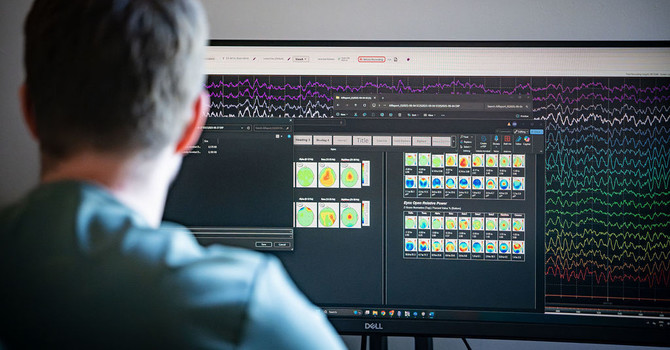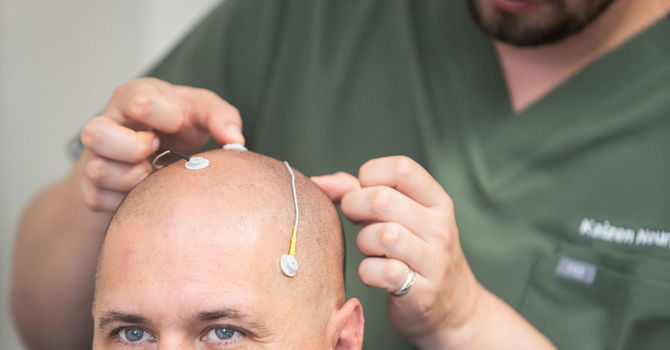
How Neurofeedback Can Help with Autism: The Science Behind ILF and Alpha/Theta Training
Neurofeedback is a non-invasive brain training technique that uses real-time EEG feedback to help individuals learn to regulate their own brain activity. For both adults and children with autism spectrum disorder (ASD), two specific neurofeedback approaches-Infra-Low Frequency (ILF) and alpha/theta training-have shown promising results in peer-reviewed research.
Infra-Low Frequency (ILF) Neurofeedback
What is ILF Neurofeedback?
ILF neurofeedback targets extremely slow brainwave activity (below 0.1 Hz), aiming to improve overall brain regulation and connectivity. This method is highly individualized, with electrode placement and feedback tailored to each person’s symptoms.
Research Highlights:
-
In a study of 35 children with ASD, 30 sessions of ILF neurofeedback led to measurable improvements in brainwave patterns and a significant reduction in autism symptoms, including better attention, focus, and cognitive engagement. Improvements were also seen in sleep quality and emotional stability5,1.
-
Case studies report dramatic improvements in specific symptoms. For example, a 5-year-old boy with ASD showed an 80% reduction in physical symptoms and a 77% reduction in sleep-related issues after 26 ILF sessions. The child also experienced better speech, more social engagement, and improved sensory integration2.
-
ILF neurofeedback has been shown to increase connectivity between key brain networks involved in sensory processing, language, and social interaction, which are often disrupted in autism1.
Why Does ILF Help?
ILF neurofeedback appears to help the brain “re-integrate” its activity, supporting better self-regulation, stress reduction, and improved communication between brain regions. These changes can translate into real-world improvements in behavior, attention, and social skills5,1,2.
Alpha/Theta Neurofeedback
What is Alpha/Theta Training?
Alpha/theta neurofeedback focuses on increasing alpha waves (linked to relaxation and memory) and decreasing theta waves (associated with drowsiness and inattention). This protocol aims to improve attention, working memory, and emotional regulation.
Research Highlights:
-
Studies in children with learning and attention difficulties (including those with ASD traits) show that alpha/theta training can improve sustained attention, working memory, and academic performance. These improvements often persist for months after training ends6.
-
Alpha/theta neurofeedback has also been linked to reduced hyperactivity and better behavioral control, which are common challenges for people with ASD6.
Why Does Alpha/Theta Help?
By teaching the brain to balance its alpha and theta activity, this approach supports better focus, calmness, and emotional stability-areas where many individuals with autism struggle6.
What Does This Mean for Families?
-
Non-invasive and Safe: Both ILF and alpha/theta neurofeedback are drug-free and involve only sensors placed on the scalp.
-
Applicable to All Ages: Research includes both children and adults, with individualized protocols for each person.
-
Improvements Beyond Symptoms: Benefits often extend to sleep, mood, and daily functioning.
Limitations and Future Directions
While results are promising, most studies are small or rely on case reports. Larger, controlled trials are needed to confirm long-term effectiveness and clarify which symptoms respond best to each protocol1,2,5,6.
Conclusion
Peer-reviewed research supports ILF and alpha/theta neurofeedback as promising, non-invasive interventions for individuals with autism. These approaches can help improve attention, emotional regulation, sleep, and social functioning by teaching the brain to better regulate itself. Families interested in neurofeedback should seek providers experienced in these protocols and stay informed as new research emerges.






